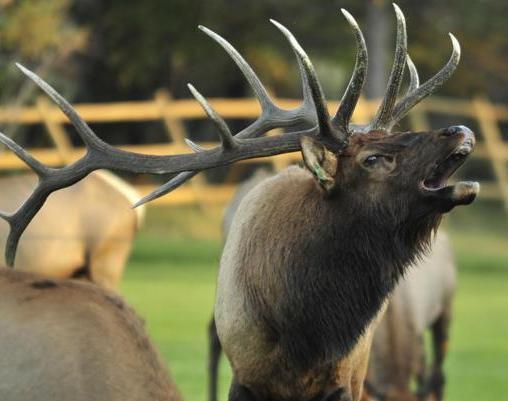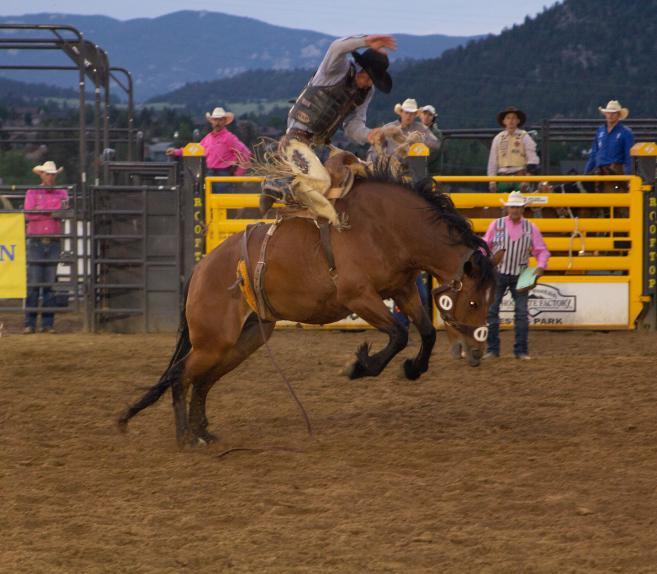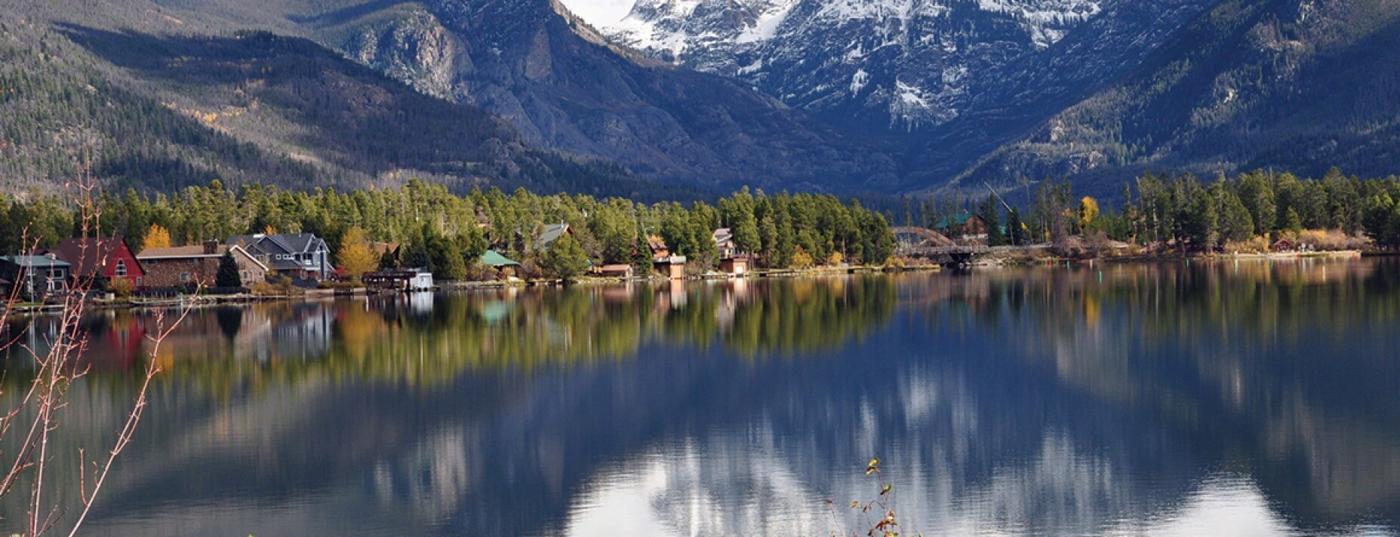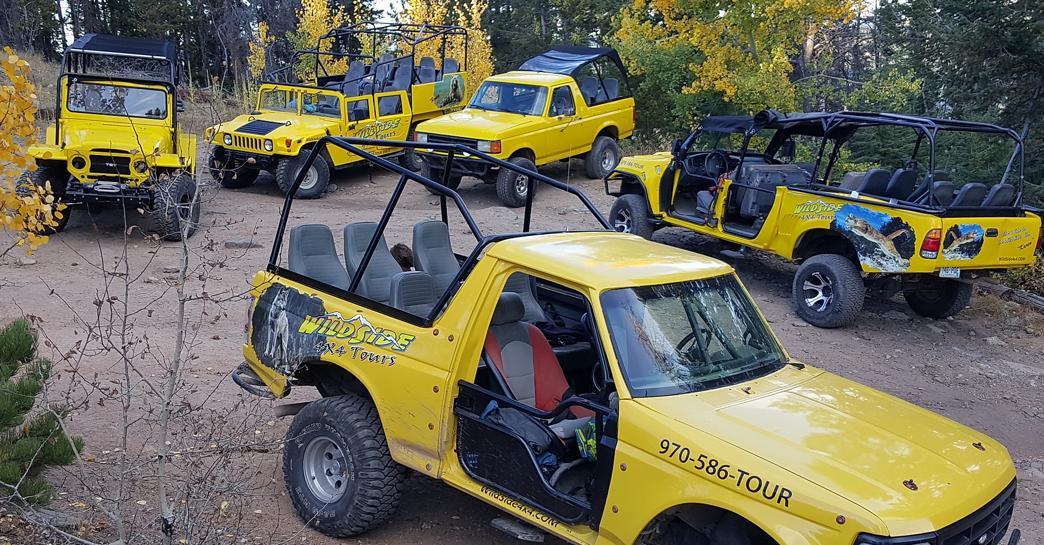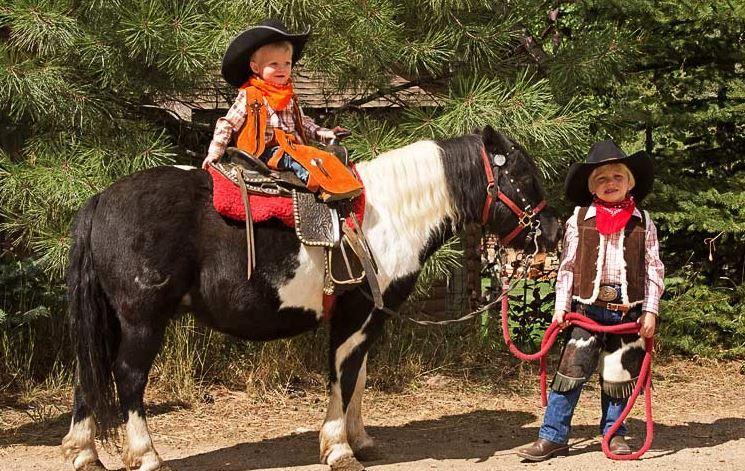
3 minute read
Lazy B
Visitors and local residents enjoy fishing at Lake Estes.
Tim Mosier / Estes Park Trail-Gazette
Fish your fill in Estes Park
By Trail-Gazette Staff
Estes Park and Rocky Mountain National Park sit in some of Colorado’s prime fly fishing territor y. Journey to the area for some of the best angling waters in the state.
Estes Park is nestled among the majestic mountains of Rocky Mountain National Park, and is often referred to as the Gateway to this scenic and breathtaking place.
With over 350 miles of trails to roam and covering over 265,000 acres, Rocky Mountain National Park offers numerous fishing opportunities for the casual angler to the most seasoned.
Several rivers, numerous small streams and over one hundred high mountain lakes abound with healthy, hungr y trout. The parks waters contain all wild trout, with a great chance of catching the prized Colorado grand slam: brook, rainbow, brown, and cutthroat trout, including the native greenback cutthroat, once thought to be extinct but now thriving in its natural habitat.
The Big Thompson River below Lake Estes is a closer option, and contains some of the best fly fishing in the area, with its first 8 miles all catch and release. Moraine Park in Rocky Mountain National Park is a favorite among anglers, with easy accessibility, plentiful hungr y trout and a beautiful setting.
The Roaring River, Glacier Creek and the Upper Big Thompson are also ver y popular destinations. Although they do require a short hike, they award the angler with a less populated setting and excellent fishing.
High mountain lakes are also a rewarding spot for anglers and can either be fished by spotting cruisers along the banks or by wading or belly boating out into the deeper waters. Lily Lake, a beautiful, drive-to lake, contains all greenback cutthroat trout and has great dr y fly action in the summers early evenings. Sprague Lake, another drive-to lake, contains beautiful brook trout and an occasional trophysized brown trout, and is a great spot for kids. Lake Estes and Mar ys Lake are also popular, drive to lakes and are good for not only fly fishing, but spin fishing as well.
For the more adventurous angler, there are many destinations that require an arduous trek or even bush whack. Rocky Mountain National Park is home to many high mountain lakes thriving with fish and within a days hike.Your best bet is to contact a local fly shop for lake locations, fishing conditions and seasonal weather.Since regulations var y from one body of water to the next, or even on one stretch of the same river to the next, it is important to know the rules that are in effect where you plan to fish.Some prime fishing locations include:
Lake Estes: Want to fish bait or keep fish? Lakes Estes is the place for you.
Stocked annually with thousands of catchable-sized rainbow trout by the Colorado Division of Wildlife, the big impoundment on the Big Thompson River also holds wild brown trout, yellow perch, walleyes and a ver y few tiger muskies hanging on from earlier attempts to establish them by stocking (one was caught last summer).
The best way to consistently catch fish at Lake Estes i s by casting a streamer such as a Woolly Bugger (with a fly rod, or behind a casting bubble), or a small spinner with lightweight spinning gear. Both of the long shorelines on the north and south sides of the lake, accessible from the Lake Estes Trail, can be productive when fished this way.
Big Thompson Canyon: There are more than 20 miles of public water on the Big Thompson between Estes Park and Loveland, with the heart of it being about 10 miles of catch-and-release water from Olympus Dam down to the Waltonia Bridge, a stretch of water that has come to be known as one of the premier fisheries on the Front Range, and the closest thing to a year-round stream fisher y anywhere in the immediate area. Areas of these fisheries were damaged See Fishing, pg. 12


